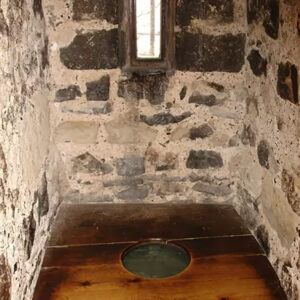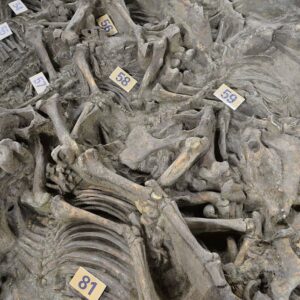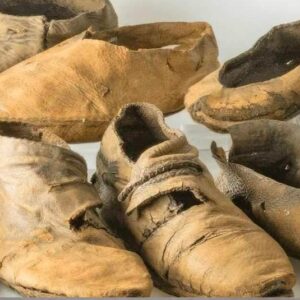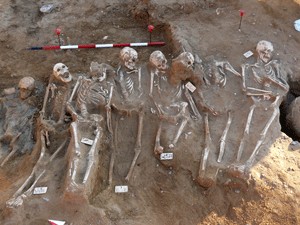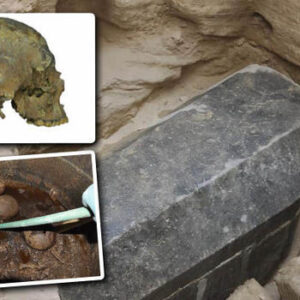The monumental Musaeum of Alexandria was famous for its legendary library. The tragic story of the building’s destruction continues to be a painful one for people who love ancient history and literature. So what treasures were lost in its devastating fire?

The Musaeum, or Mouseion, was a home to art, music, poetry, and philosophy. It is extremely difficult to find out exactly what was located on the shelves of the library, but generations of passionate researchers have created some possible lists of the lost scrolls’ authors.
The Brain Center of Alexander’s City
Alexandria was founded by Alexander the Great, whose heart was conquered by the beauty of the country near the Nile. After his death, his friend (or perhaps step brother) Ptolemy I became the pharaoh of Egypt. Ptolemy was also the creator of the Ptolemaic dynasty.
Alexander and Ptolemy were both students of the famous philosopher Aristotle – and his teachings influenced the Musaeum’s creation. However, Demetrius of Phalerum, Theophrastus’ student, was likely the one who proposed the idea to Ptolemy.
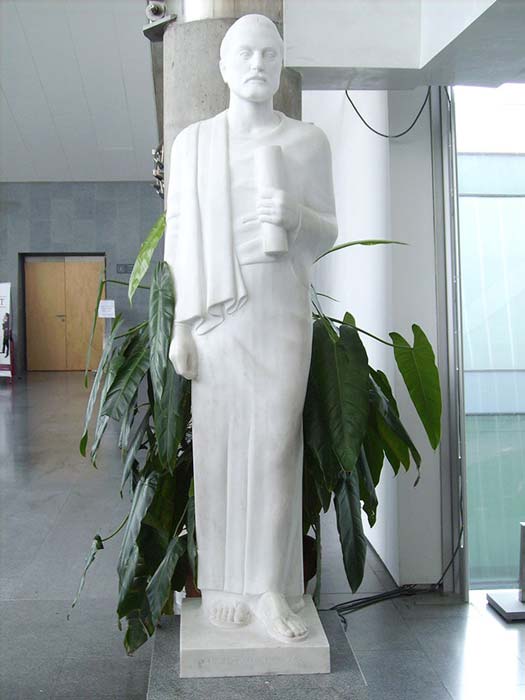
Statue of Demetrius at the entrance of the Bibliotheca Alexandrina. ( CC BY-SA 3.0 )
Egypt was a country of free thinkers. In the Hellenistic world, many sciences (like anatomy) were forbidden. But scientists in Egypt could voice even the most rebellious theories and explore any field of science. Therefore, many researchers wanted to go to the Musaeum and study. Later they’d donate their documents to the library so others could learn about their achievements. It is likely that no one else followed as director of the Musaeum after Aristatchus of Samothrace stopped holding the role in 145 BC.
When Strabo visited the Musaeum he was overwhelmed by the awesomeness of the temple of knowledge. The Roman emperor Claudius added another building to the complex. With time, the research center moved to the famous Alexandrian Serapeum. In 387 AD, the Roman writer Ammianus Marcellinus wrote about the site. He said:
”Besides this there are many lofty temples, and especially one to Serapis, which, although no words can adequately describe it, we may yet say, from its splendid halls supported by pillars, and its beautiful statues and other embellishments, is so superbly decorated, that next to the Capitol, of which the ever-venerable Rome boasts, the whole world has nothing worthier of admiration. In it were libraries of inestimable value; and the concurrent testimony of ancient records affirm that 70,000 volumes, which had been collected by the anxious care of the Ptolemies, were burnt in the Alexandrian war when the city was sacked in the time of Cæsar the Dictator. (…) Alexandria itself was not, like other cities, gradually embellished, but at its very outset it was adorned with spacious roads. But after having been long torn by violent seditions, at last, when Aurelian was emperor, and when the intestine quarrels of its citizens had proceeded to deadly strife, its walls were destroyed, and it lost the largest half of its territory, which was called Bruchion, and had long been the abode of eminent men.
There had lived Aristarchus, that illustrious grammarian; and Herodianus, that accurate inquirer into the fine arts; and Saccas Ammonius, the master of Plotinus, and many other writers in various useful branches of literature, among whom Didymus, surnamed Chalcenterus, a man celebrated for his writings on many subjects of science, deserves especial mention; who, in the six books in which he, sometimes incorrectly, attacks Cicero, imitating those malignant farce writers, is justly blamed by the learned as a puppy barking from a distance with puny voice against the mighty roar of the lion.”
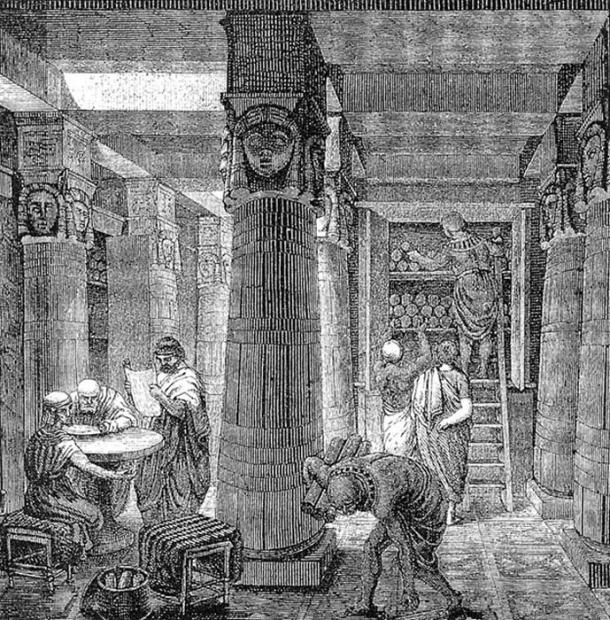
Artistic Rendering of the Library of Alexandria, based on some archaeological evidence. ( Public Domain )
The city he described did not exist for much longer. A bishop soon destroyed the heritage of many generations of ancient minds in the name of a new faith. In 391 AD, the beautiful temple of wisdom was ruined. There is no evidence of the existence of the library after that date, but it seems that the people of Alexandria, the legendary philosophers, scientists, and their supporters saved some of the books. However, in 642 AD, when the city was captured by Muslims, they burned all the books not related to Islam that they found in public places.
The Musaeum’s Priceless Collection
It is known that Cleopatra VII spent hours at the library. The ancient Egyptian scrolls were full of knowledge collected by priests on papyri from the earliest days of the civilization. Some people believe that the library once held documents describing the achievements of Imhotep, The Grand Vizier who created the step pyramid of Djoser. But unfortunately, those were also lost.

Pyramid of Djoser. ( CC BY-SA 3.0 )
The Musaeum was home to 1,000 scholars at one point in time. They didn’t pay taxes, but had to lecture, conduct research, and translate texts from Persian, Jewish, Assyrian, etc. Some of the ancient scientists who studied and performed experiments in the Musaeum were Hero, who is known as the father of mechanics, Euclid, the father of geometry, and Archimedes, the father of engineering. It is known that many works by Callimachus, Eratosthenes, Herophilus, Hipparchus, Pappus, Theon and his daughter Hypatia (her early work) were once part of the library too.

Thoughtful Archimedes by Fetti (1620) ( Public Domain )
The Loss of Priceless Works
Many famous philosophers, zoologists, biologists, and other researchers worked in the Musaeum. Therefore, the building contained several unique texts. Moreover, the Ptolemies bought many ancient scrolls, including texts by Homer, Sapho, and other ancient writers. But the books were only the part of the collection. There were also many prototypes for inventions, priceless pieces of art, etc. Most of these works were never copied and did not survive in other collections.
Researchers are still working to unveil the wonderful story of the Musaeum. Unfortunately, no matter how long they work, nothing will ever recover the burned scrolls which are lost forever.
